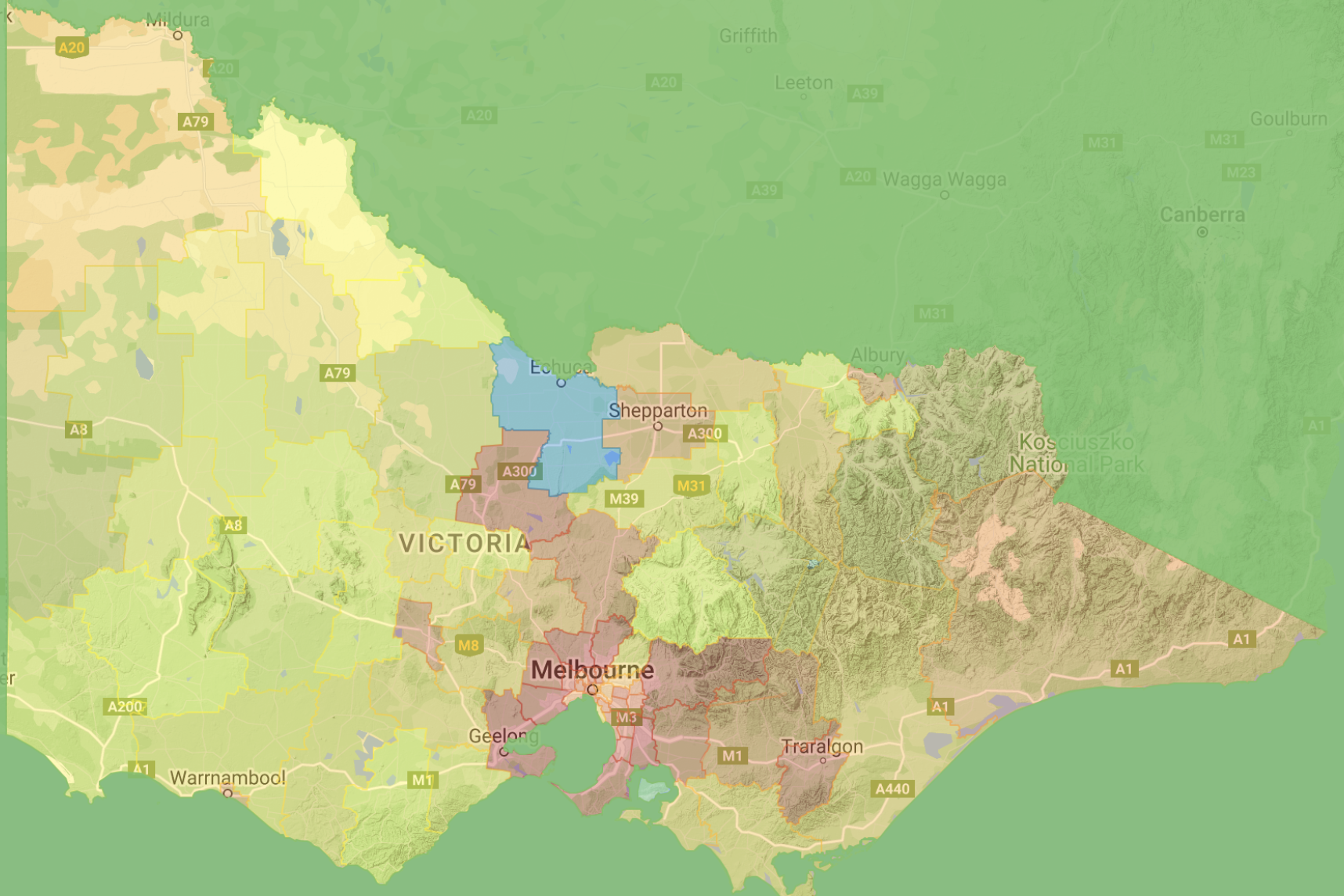General News
8 December, 2022
Animal cruelty rates rise in the shire
The Pyrenees and Central Goldfields shires have ranked in the top three for reports of animal cruelty per capita, however the data may indicate residents are being more vigilant, according to the Central Goldfields Shire Council. Recently released...

The Pyrenees and Central Goldfields shires have ranked in the top three for reports of animal cruelty per capita, however the data may indicate residents are being more vigilant, according to the Central Goldfields Shire Council.
Recently released data by RSPCA Victoria reveals reports of deliberate animal cruelty for the 2021-22 financial year dropped slightly compared to 2020-21, however neglect continued to make up almost half the reports investigated by the RSPCA.
The data shows RSPCA Victoria’s Inspectorate responded to 10,577 cruelty reports across the state in the past year and while overall the types of reports received decreased, instances of abandoned animals rose.
The most commonly reported animals were dogs and puppies, with 6846 reports relating to them, 1922 reports involved cats and kittens and 1070 reports involved horses.
While the Greater Geelong City Council had the highest number of reports made last year with 552, per capita the Pyrenees Shire recorded its fourth consecutive year as the highest ranking area in the state for animal cruelty reports.
While just 47 reports were made in the shire, these reports spread across the population equate to a rate of 163 — up on last year’s rate of 141.
In the Central Goldfields Shire, which ranked third in the state for reports of animal cruelty per capita, the RSPCA received 64 total reports, which translates to 211 reports per capita. The Hepburn Shire also ranked seventh in the state on a per capita basis.
This marks a 28 percent increase in reports of animal cruelty in the shire compared to the 2020-21 financial year, when the shire ranked 13th in the state for reports per capita.
The top three reported animals in the shire were dogs, horses and sheep and Central Goldfields Shire manager statutory services Amy Boyd said reports related primarily to husbandry, grooming and living condition issues, as well as sick and injured animals and reports of underweight animals.
“It’s not that much of a surprise to me that we do sit higher in terms of reports given our rural location and the fact we have livestock related reports as opposed to metropolitan areas,” she said.
“It’s not clear how many of those reports equated to action which is important to note, these are reports — they’re not necessarily indicative that there was actual cruelty present.
“That being said, we have this year undertaken joint inspections with the RSPCA, so our own staff would account for quite a number of those reports.”
Ms Boyd said while the results may be initially daunting, they can also be interpreted as a positive outcome for the community.
“I actually see the data as quite positive in that the community is well informed and understand the importance of ensuring animals are looked after,” she said.
“I did look at the data and seeing we were ranked third in the state per capita it did initially look bad, but I think underreporting would be worse.
“A higher number of reports doesn’t necessarily mean there’s a problem, it just means we’re a more vigilant community particularly around the living conditions of animals.
“We’re pleased to see that our community is taking responsibility and is caring for the animals in our shire, I really think that’s what this data is about.
“This is a community that appears to have stepped up and is confident to report incidents which in turn means they’re confident something will be done about it.”
Ms Boyd said it was important for residents to have back up plans in place to ensure their animals are well looked after if they go away or don’t live nearby.
“If you do live away from your stock it’s important to have some back up plans, you need to have a neighbour of family member able to respond if there is an emergency,” she said.
“The same goes if you are planning to go away, it’s important there are friends or neighbours who can check in on animals.”
RSPCA Victoria chief inspector Michael Stagg said by raising awareness of the most prevalent types of animal cruelty, the community can work together to do better for Victoria’s animals.
“For many, the perception of animal cruelty relates to deliberate acts such as beating or wounding, and while this does occur, the data consistently shows the most common form of cruelty is neglect,” he said.
“There are many responsible pet ownership resources available, and we encourage anyone who is the owner or person in charge of animals to be aware of their responsibilities to provide care, or alternatively to seek help from their local council, a veterinarian or animal welfare organisation.
“We acknowledge that in addition to the rising cost of living, which may impact the ability of some to care for their pets, many Victorians adopted pets during the pandemic, some as first-time pet owners who may still require information or support to help them understand how to best care for their animals.
“It is important all pet owners understand the specific needs of their pets in terms of food, water, shelter, grooming and exercise.
“If you are the owner or person in charge of an animal you have legal and moral obligations to that animal.
“RSPCA Victoria is committed to helping people better care for their pets however neglect is against the law and is never acceptable therefore we will hold people to account if they do not meet the required standards of care.”